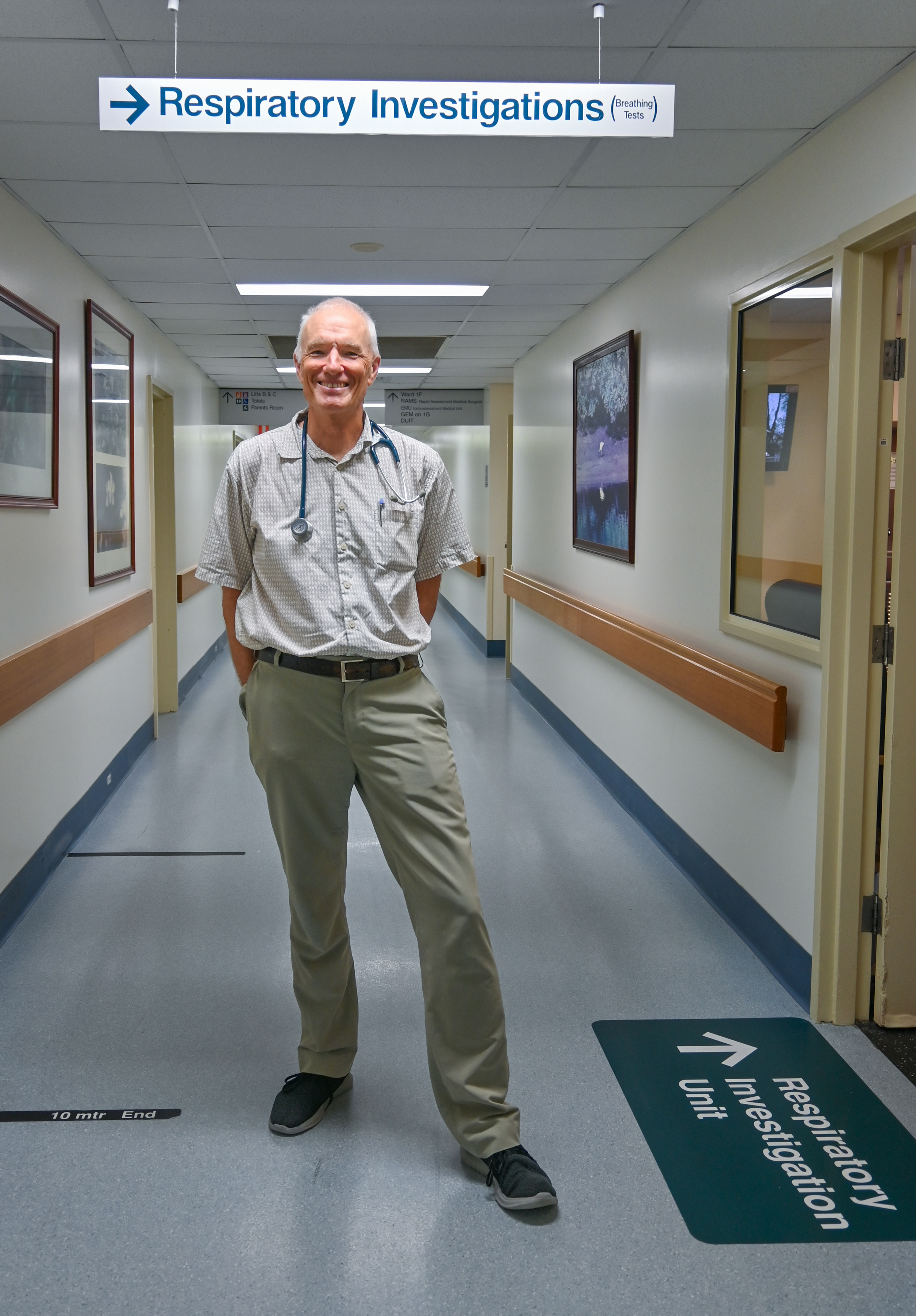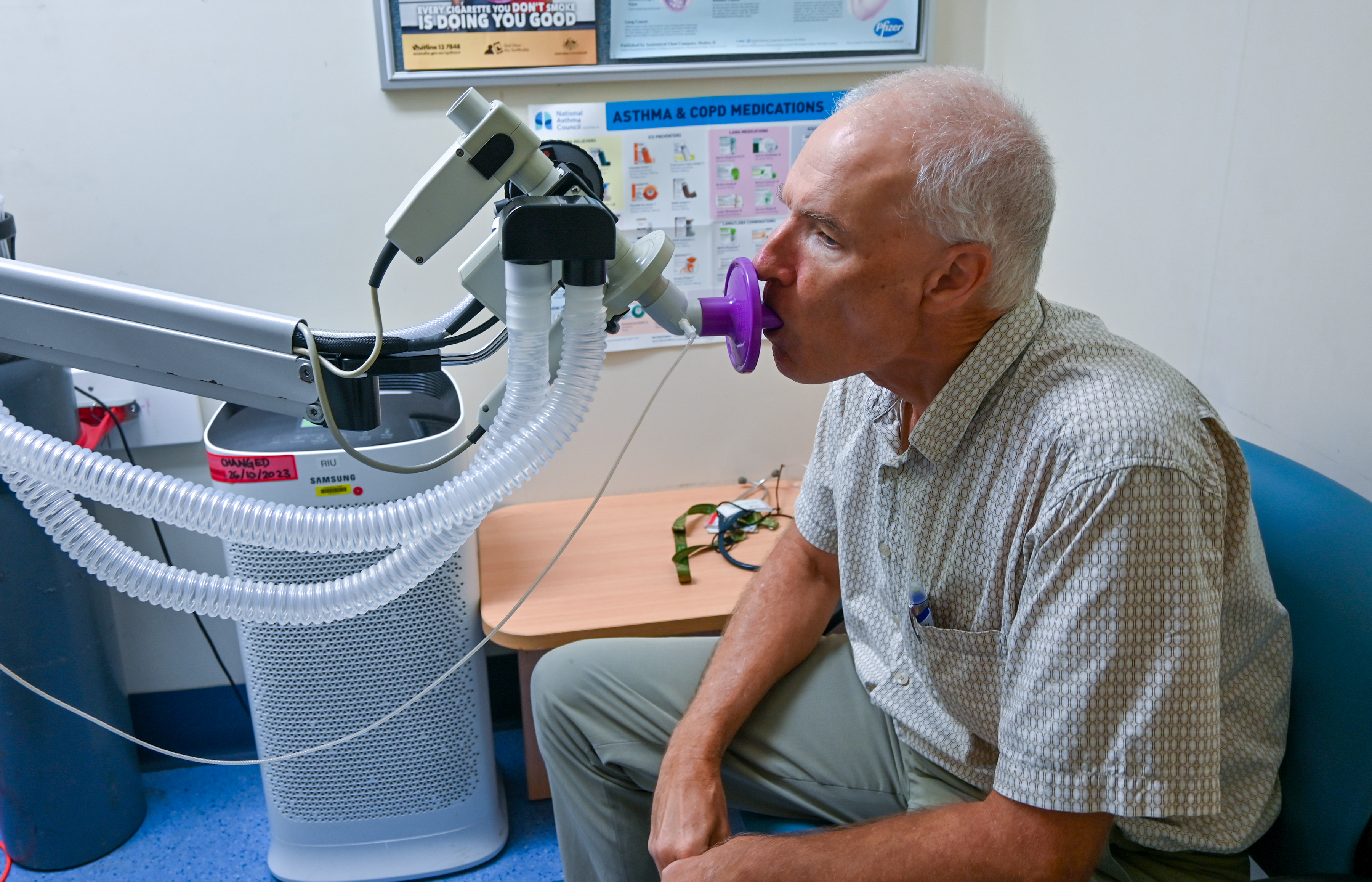 Did you know that Australia has one of the highest prevalence rates of asthma in the world?
Did you know that Australia has one of the highest prevalence rates of asthma in the world?
According to Australian Bureau of Statistics (ABS) 2022 data, around 2.8 million Australians or 1 in 10 people affected by asthma. Among children under nine years, it’s the leading cause of total disease burden.
Not only that, but Australia has experienced a recent 30 per cent increase in asthma deaths, with women over 75 most affected.
It’s important asthma sufferers ensure they practice proper asthma management – which doesn’t mean relying on a puffer, also known as a reliever, otherwise it can lead to serious complications or even death.
Asthma is a long-term medical condition that affects the lung’s airways and makes them sensitive.
During an asthma attack, the lining of the airways become inflamed and swollen, mucus forms, and the muscles around the airways tighten. This causes the airways to narrow, which can make it hard to breathe and cause people to cough and wheeze.
Asthma can be controlled with a management plan prepared in conjunction with a GP, medication and regular check-ups.
There are three different medications to treat and manage asthma.
- Relievers (often know as puffers): These relax the airway muscles and rapidly open the narrowed airways. These should only be used when needed, such as before or during sport or during an attack.
- Preventers: These prevent attacks by treating inflamed airways. These need to be taken every day.
- Symptom controllers: These help to keep the narrowed airways open for longer (up to 12 hours). These do not help during an asthma attack.

Dr Phil Masel, a respiratory physician at Brisbane’s Prince Charles Hospital, said he was seeing an increasing number of acute presentations relying on relievers and not using a preventer.
“Relying on relievers is poor asthma control and there’s a much higher risk of asthma complications,” Dr Masel said.
“Relievers are short acting and only treat the symptoms of asthma – they do not control long term disease. People need to keep on top of their asthma and not just go for a quick fix because it can make their asthma worse in the long term.
“If you’re using a reliever more than three times a week, your asthma is not well controlled, and you should be using a preventer daily.
“Preventers help reduce inflammation. Without preventers, continuous inflamed and swollen airways can lead to scarring build-up, leading to lung damage. Once you have lung damage, it cannot be repaired and this in turn, will likely lead to an exacerbation of asthma.
“If you have a preventer on board as part of your asthma management plan, you’re going to keep on top of swollen, inflamed airways and reduce the likelihood of asthma attacks.”
According to Australian Institute of Health and Welfare (AIHW) data, 33 per cent of people aged under 50 met the definition for poorly controlled asthma (dispensed three or more reliever prescriptions per year).
“We are particularly seeing an increase in the number of young people hospitalised due to their asthma,” Dr Masel said.

Across Australia, there was more than 25,000 hospitalisations and more than 56,000 emergency department presentations with a principal diagnosis of asthma in 2021–22.
In Queensland alone in the 2022/23 financial year, there were more than 7,300 hospitalisations with a principal diagnosis of asthma.
Most hospitalisations were among children aged 14 and under, and the majority of hospitalisations occurred in September and October with 759 admissions occurring in both those months.
While there was a decrease in asthma related hospitalisations during the COVID-19 pandemic (6,060 in the 2020/21 financial year), numbers are now returning to pre-pandemic levels.
“We did see numbers decrease over the pandemic because people were less exposed to asthma triggers such as viruses,” Dr Masel said.
“A rise in respiratory viruses to pre-pandemic levels means we are also seeing a corresponding increase in exacerbations in asthma.”
Dr Masel encouraged asthma sufferers to review their asthma management plan with their GP at least once a year – even if their condition is stable.
“If you’re using your reliever more than three times a week, you need to go see your GP,” Dr Masel said.
“Asthma management plans need to be reviewed at least once a year to see if there’s any changes in use of medications, triggers or attacks.”